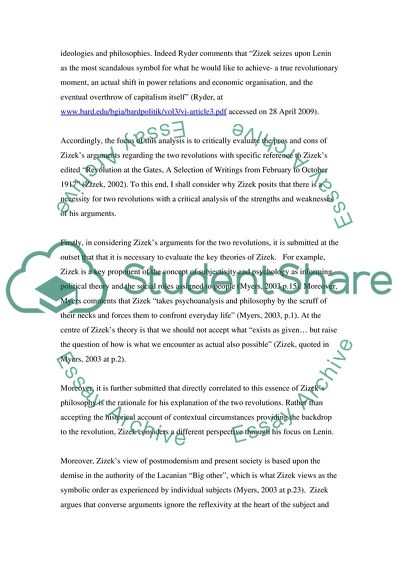Cite this document
(“Zizeks Concept Of Two Revolutions Essay Example | Topics and Well Written Essays - 4000 words”, n.d.)
Zizeks Concept Of Two Revolutions Essay Example | Topics and Well Written Essays - 4000 words. Retrieved from https://studentshare.org/philosophy/1553072-zizeks-concept-of-two-revolutions
Zizeks Concept Of Two Revolutions Essay Example | Topics and Well Written Essays - 4000 words. Retrieved from https://studentshare.org/philosophy/1553072-zizeks-concept-of-two-revolutions
(Zizeks Concept Of Two Revolutions Essay Example | Topics and Well Written Essays - 4000 Words)
Zizeks Concept Of Two Revolutions Essay Example | Topics and Well Written Essays - 4000 Words. https://studentshare.org/philosophy/1553072-zizeks-concept-of-two-revolutions.
Zizeks Concept Of Two Revolutions Essay Example | Topics and Well Written Essays - 4000 Words. https://studentshare.org/philosophy/1553072-zizeks-concept-of-two-revolutions.
“Zizeks Concept Of Two Revolutions Essay Example | Topics and Well Written Essays - 4000 Words”, n.d. https://studentshare.org/philosophy/1553072-zizeks-concept-of-two-revolutions.


